Cliff-Hanger
Cliff-hanger
You must never underestimate your importance as a concerned member of the public. The fate of an animal is very much within your sphere of influence. As rescuers, we rely heavily on the eyes and ears of the public to bring our attention to critters in peril. YOU are the ones that make a difference! This was certainly the case for a lovely male wallaby that we ended up naming Isibindi - the Zulu word for ‘bravery’.
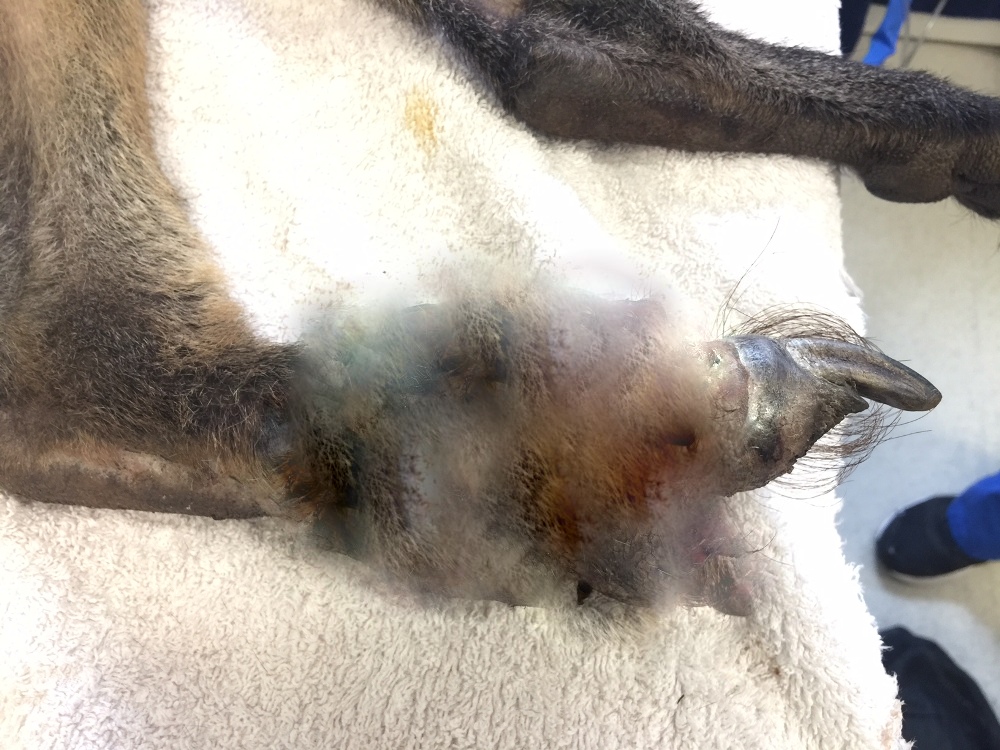
Imagine having this injury and not being able to take yourself anywhere for treatment?* Imagine being in this amount of pain and not having access to pain-relief? This was Isibindi’s fate for many weeks until he found himself in a lovely caring neighbourhood.
Once there, he had a whole street full of neighbours looking out for him. Over the period of a week, our Sydney Wildlife office received multiple calls about a wallaby with a bad foot injury on Kimberley St in East Killara, but he always managed to come and go before a rescuer could get there in time.
Kimberley Street is a very picturesque street that runs along an escarpment with a steep drop-off towards the Garigal National Park. It’s a gorgeous area and obviously a haven for wildlife. The problem is that access for humans is very tricky and rather hazardous.
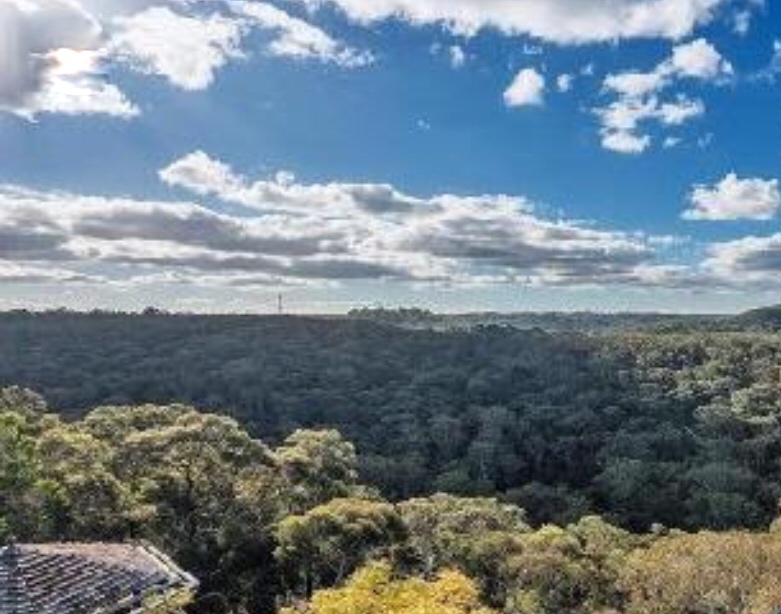
The view from one of the properties on Kimberley St.
Isibindi the wallaby eventually showed up one morning at the cul-de-sac end of Kimberley Street where a lovely lady called Sheila and her husband saw him hobbling about. She rang the Sydney Wildlife office and requested help for the poor boy. The office rang me for assistance. Luckily I was able to drop everything and travel out there with my darting equipment (because the least stressful way to capture a wallaby is through chemical immobilisation).
We arrived about 40 minutes after the initial call-out by which time Isibindi had begun venturing back towards the edge of the cliff where the National Park began. This was a very dangerous place for him to be during the darting process so we had to try to devise a plan to lure him away from the edge. The lovely lady, Sheila, had already started trying to keep him in her yard by feeding him bits of apple so we kept that up and added some carrots into the mix and I began to gently throw pieces of carrot and apple in the direction I wanted him to follow. I didn’t want to scare him so I sat about 15m from him and began to chat to him in a soothing voice. We chatted about the crunchiness of the carrots and the sweetness of the apple; I asked him how he’d managed to sustain the awful foot injury and I promised him that I would try my best to take away his pain. He seemed to understand and made little conversational sounds. As we ‘chatted’, I slowly started to climb down the cliff to a tiny outcrop of rocks jutting out just below the ledge where he was standing. I stayed there so that he would not come any closer to the edge and so that I could catch him if he lost his footing. It was a rather heart-stopping climb…! But I continued to chat in a quiet, gentle tone.
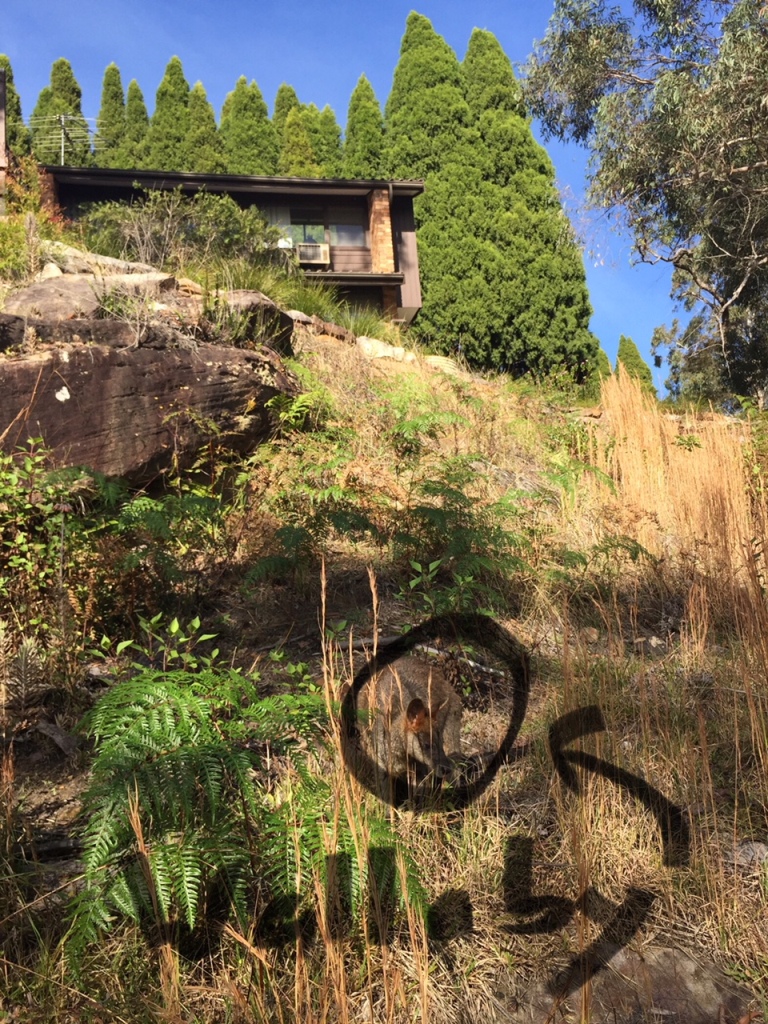
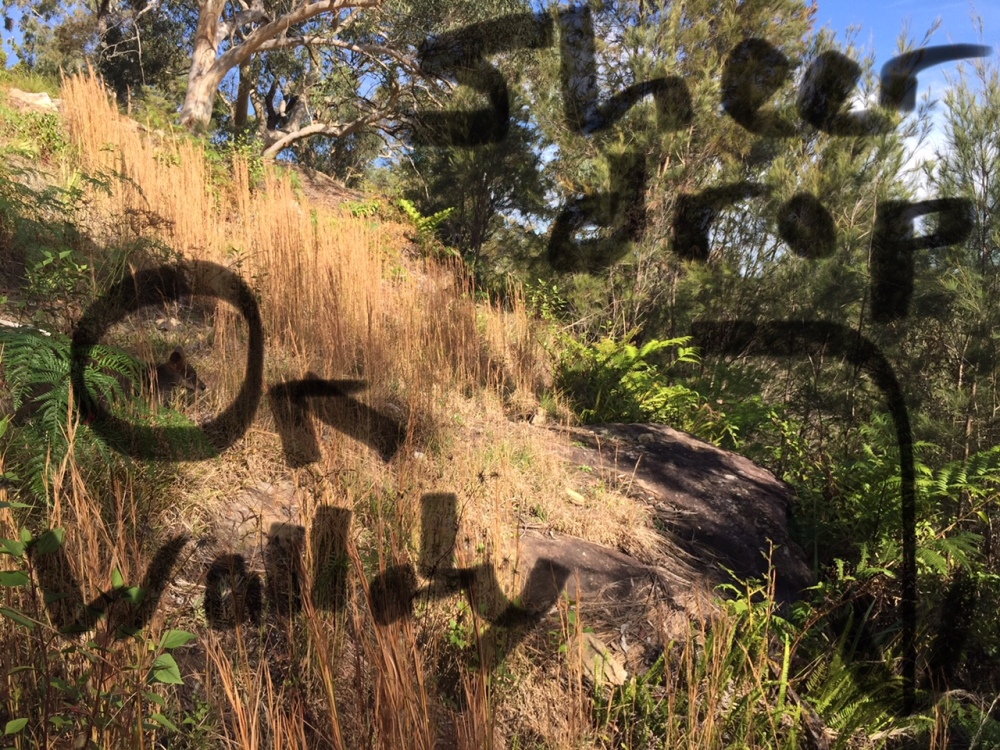
After what felt like an eternity, he took a few steps away from the edge and hobbled a little way up the embankment. Not changing the tone of my voice, I raised the rifle and - on the lowest pressure setting - squeezed the trigger and the dart went into his leg muscle without causing too much fuss. He definitely flinched but because my voice didn’t change, he saw no need for alarm. The sedative took about 5 minutes to start working. I watched the pain begin to subside from his eyes and his muscles began to relax. It must’ve been so amazing not to have to feel that excruciating throbbing in his foot. As he began to droop forward, I clambered up to the ledge and caught him before he could slip over the edge. It was rather tricky to haul him up the embankment in my arms as I had no free hands to steady myself, but I managed. When I got him to the top, Sheila’s husband hurried over with my wallaby transportation bag and we gently placed him inside it. Then I climbed back down to retrieve my rifle.
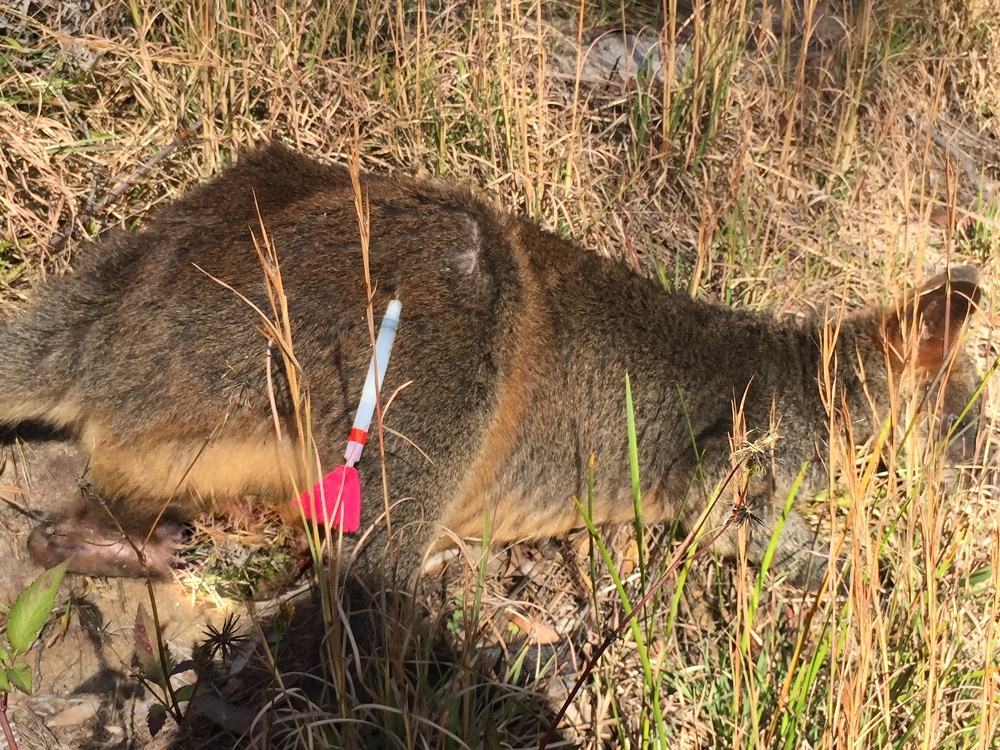
I was able to get a closer look at the injury which was so much worse than we had initially thought. It looked like an injury caused by being caught in a trap or a snare. Either that or he had been caught on a fence. His skin had been degloved**, the swelling was considerable and infection had possibly spread as deep as the bone. I gently laid him on a blanket on the back-seat of my car and off we went to the Vet Clinic.
We have been taught not to play music in the car when transporting wildlife as it can be distressing for them so I drove along in silence, with nothing to hear but the contented snoring of an animal that was temporarily out of pain.
Sadly for Isibindi, he was never to hop along the escarpment again. His injuries were so severe and the infection so advanced that the veterinarian put him to sleep before the sedative even wore off. It seemed like the worst possibly outcome. For me, anyway. But I have learned not to think about what I want.
In this particular case, Isibindi was better off being at rest. His suffering had ended thanks to the quick-thinking and caring residents of Kimberley Street.
If you see an animal in peril and you want to be able to help, give your local wildlife rescue organisation a call:
Sydney Wildlife (24 hours a day) 9413 4300
Wires 1300 094 737
by Lynleigh Greig
Sydney Wildlife

*Images 1 and 5 have been deliberately blurred in places.
**Degloving, also called avulsion, is a severe injury that happens when the top layers of skin and tissue are ripped from the underlying muscle, connective tissue, or bone. It can affect any body part, but it’s more common in the legs. Degloving injuries are often life-threatening. Degloving injuries are very serious on their own, but they also carry a big risk of infection since they’re often very deep and very painful wounds.